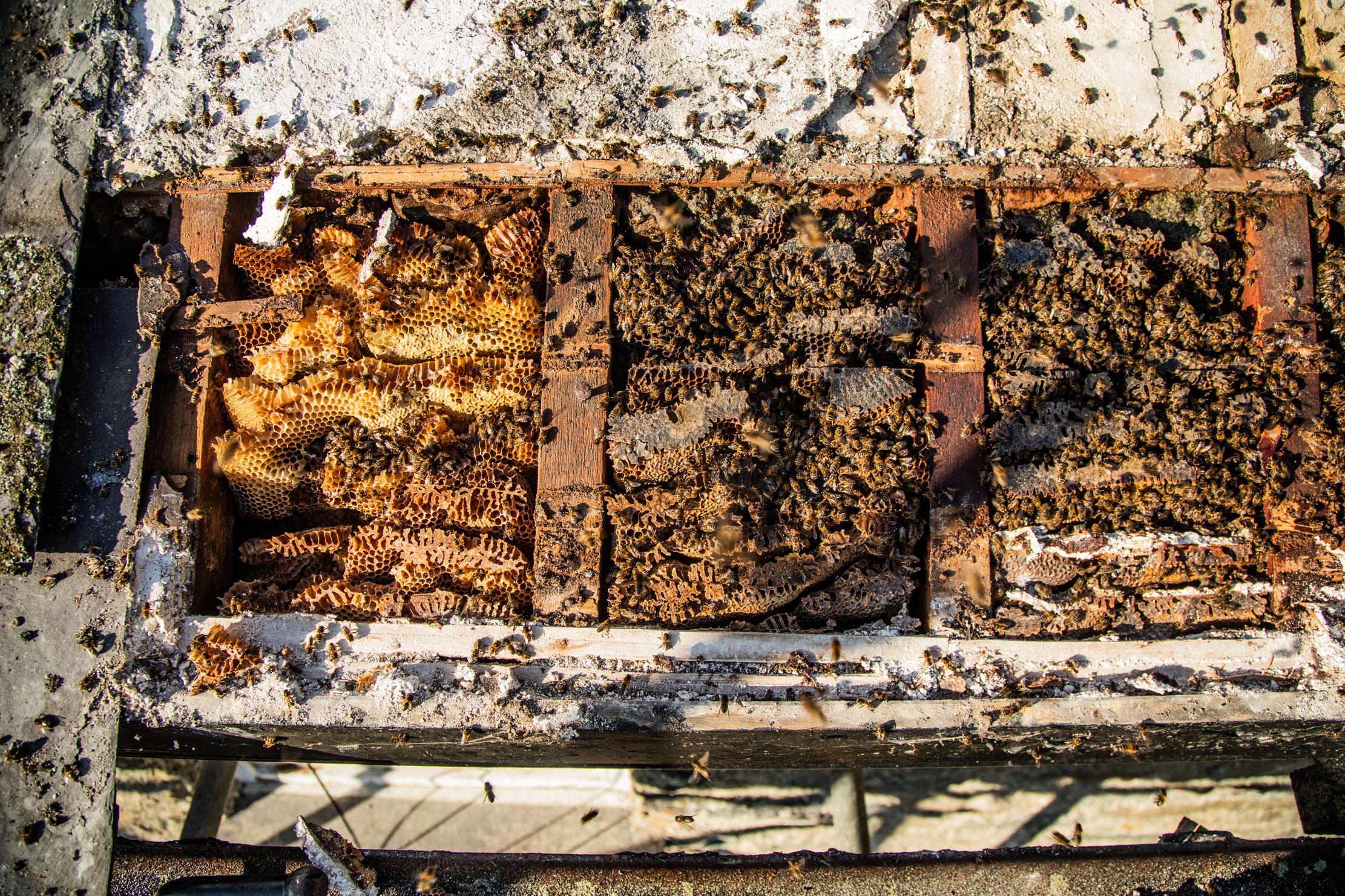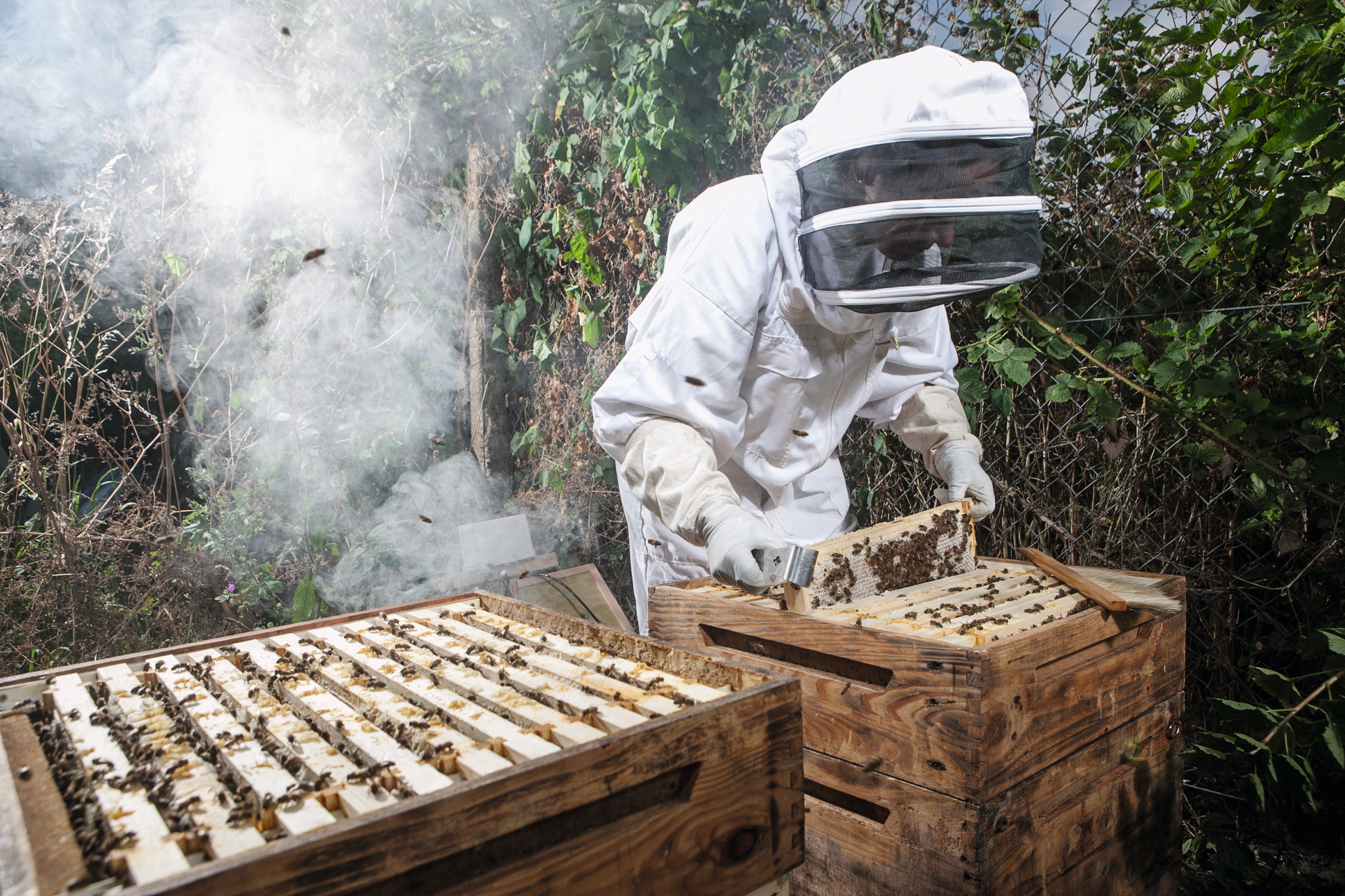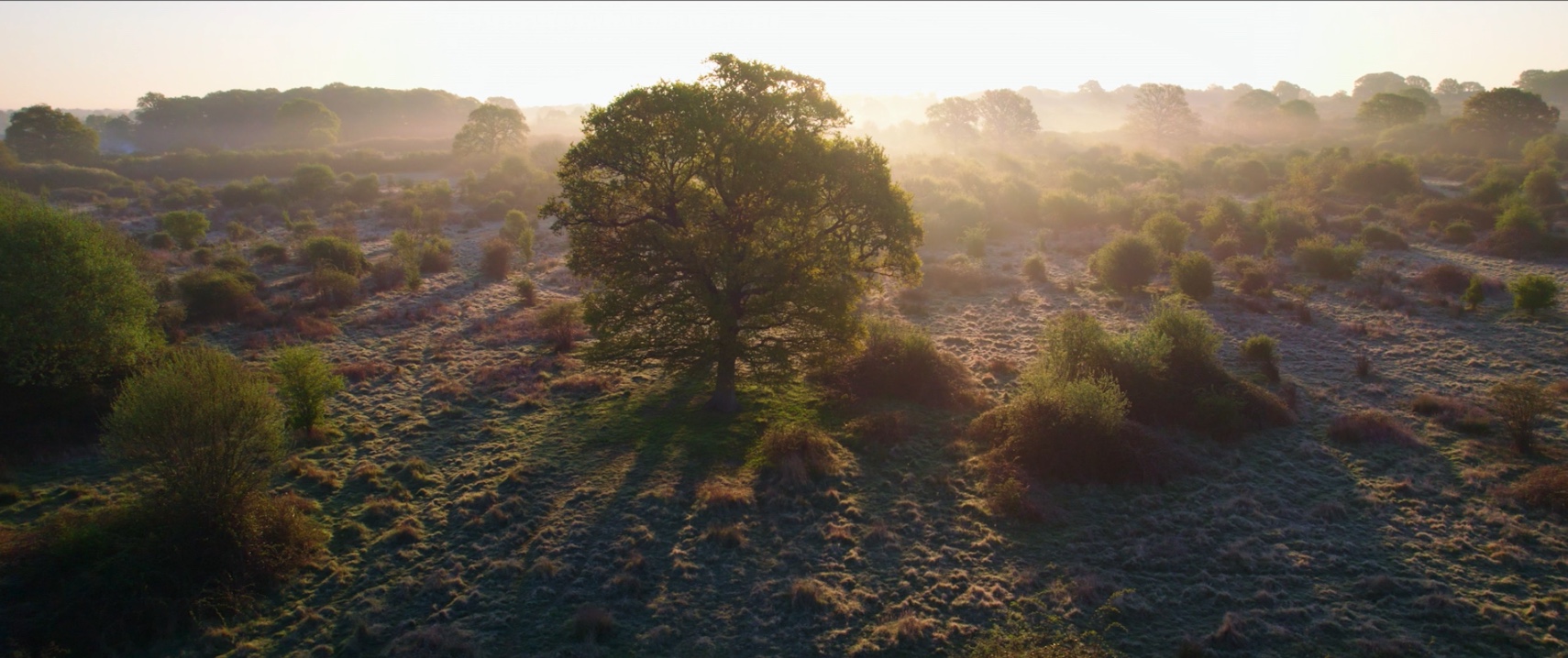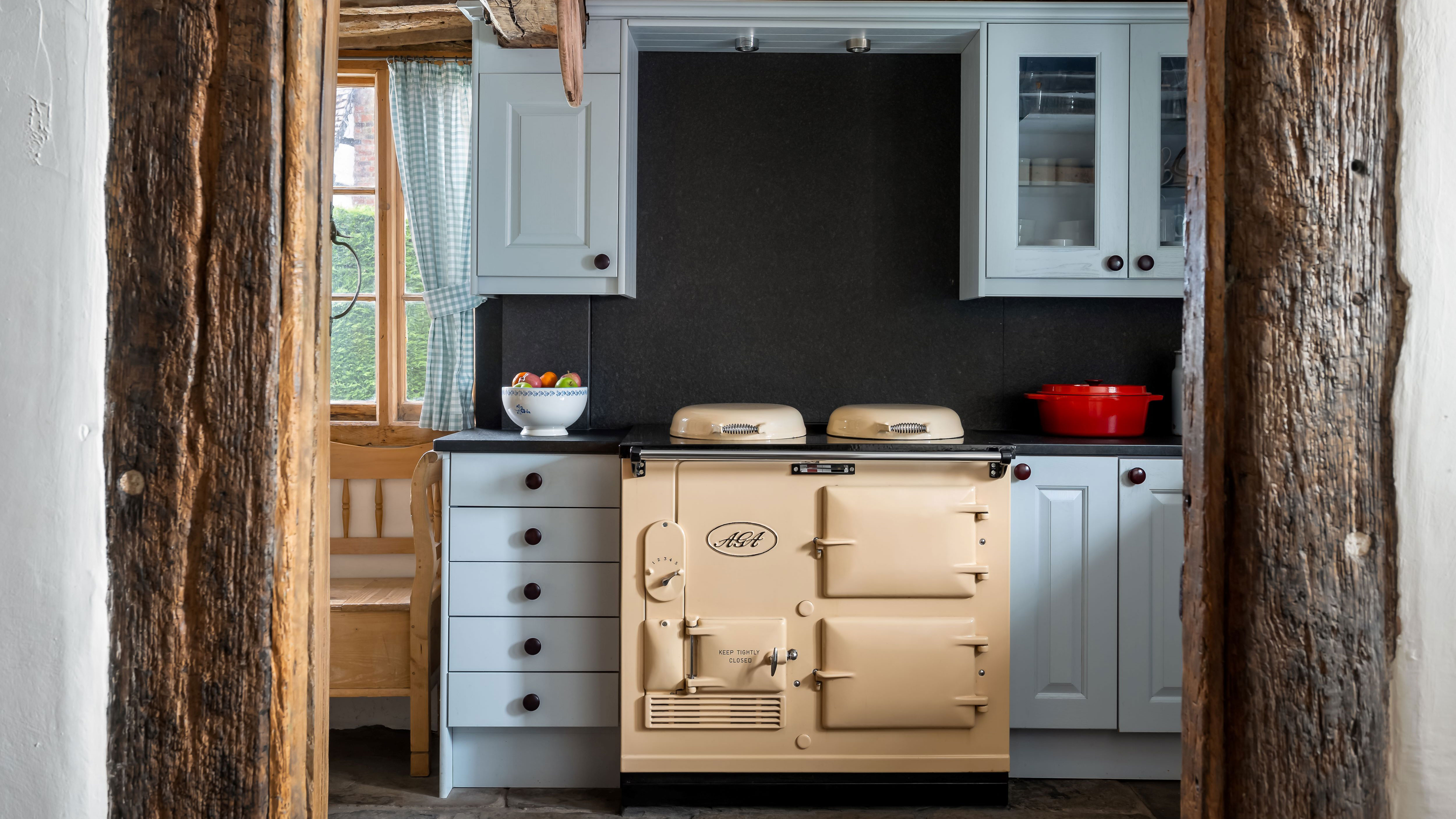The house in Wales where there are so many bees honey comes out of the walls
At Plas yn Rhiw, urgent roof repairs are being carried out by the National Trust. The only problem? The 50,000 bees that live there.


We love bees here at Country Life. In fact, most people, in most places, like bees, unless you are allergic to them. But even still, I would be willing to bet that even allergic people like bees, they just don’t want to be stung by them, for obvious reasons.
The reason for this is that bees pollinate things, like flowers and wheat, and that stops the environment from collapsing or, rather, stops it from collapsing as quickly. Bees are useful because they stop the world collapsing and as a result we like them. There. Simply written.
To Wales, then, where it was announced last week that some bees are on the move. Not usually news, this, as bees are often moving, in and around your face and your plants and sometimes in giant swarms that force you to run for your life waving your arms around. Sometimes they attack tennis players.
No, these bees are being moved on purpose, so that the National Trust can repair the roof of a house in Wales in which the bees live. The bees, the National Trust reliably informs me, are safe in temporary accommodation.
All of this is important because the bees are a rare type of black honeybee and there are approximately 50,000 of them in this house. Now I know what you are saying. You are saying: ‘who lives in a house with 50,000 bees in it’. And I reply: ‘three sisters in the 1930s named Eileen, Lorna and Honora.’ The black honeybee was considered extinct in all but the most remote parts of northern Britain (Scotland?) until 2012, when they were rediscovered, presumably, in the roof of this house, known as Plas yn Rhiw.

The house was restored from neglect by three sisters, who then left it to the Trust in 1958. There was, however, a unique condition. Is it bee-related? It is. ‘We earnestly wish that the wild bees be undisturbed. May all occupiers of the property be requested to refrain from using poisonous sprays and preparations for the control of pests and advice on harmless methods be sought,’ they said. In English, it means, don’t mess with the bees.
In case you might be wondering what living with 50,000 bees might be like, per Mary Thomas, property operations manager at Plas yn Rhiw, ‘we occasionally have honey oozing from cracks in the walls’. Which I imagine is what happens when you cross Winnie the Pooh with The Shining.
Exquisite houses, the beauty of Nature, and how to get the most from your life, straight to your inbox.
‘We know the Keating sisters were very fond of nature and wildlife as they campaigned tirelessly to protect the environment and were ardent supporters of the Council for the Protection of Rural Wales,’ continues Ms Thomas. ‘Plas yn Rhiw is a haven for wildlife and it is no surprise that when the Keatings restored the house, they made it a home for more than just themselves. Along with rabbits in the garden and badgers in the woodland, the bees living in the roof were welcome and remain so today.’
The gardens and parkland at Plas yn Rhiw have since reopened, but the house will remain closed as conservation works continue. We can only hope that the bees are not too upset at their temporary home and that they will soon return to their Welsh rafters.

Credit: Richard Cannon
The buzz is back, says British Beekeepers Association, which celebrates its 150th anniversary
The number of beekeepers and hives has increased since the lows of the early 2000s, but there is still more

The Country Life Podcast
Listen to all the episodes of the Country Life Podcast.

Credit: Getty Images
How (not) to fix up a country house, by our interiors guru Giles Kime
Ignore your friends, take a long view and steer clear of anything that smacks of being fashionable: Giles Kime shares

Exclusive: First look at trailer for 'Wilding', the documentary of the Knepp Estate
Isabella Tree's hugely successful book about the rewilding project at her and her husband's estate in West Sussex will hit

James Fisher is the Digital Commissioning Editor of Country Life. He writes about motoring, travel and things that upset him. He lives in London. He wants to publish good stories, so you should email him.
-
 It'd be crazy to buy this 500-year-old farmhouse just because of its utterly gorgeous Aga — so thank goodness that the rest of this place is also really nice
It'd be crazy to buy this 500-year-old farmhouse just because of its utterly gorgeous Aga — so thank goodness that the rest of this place is also really nicePerry Mill Farm is an immaculate yet characterful four-bedroom dream home in the country at a price that will make city dwellers immediately start Googling 'working from Worcestershire'.
-
 What is a boilie and what does it do? Discover this and other useful knowledge in the Country Life Quiz of the Day, December 3, 2025
What is a boilie and what does it do? Discover this and other useful knowledge in the Country Life Quiz of the Day, December 3, 2025Boilies, Stephen King, Scottish rivers, pink houses and some other stuff. Best get your quiz on.